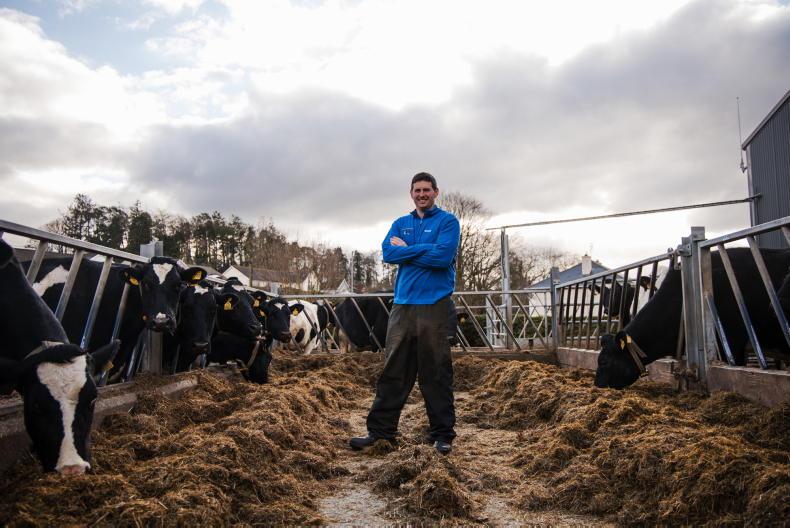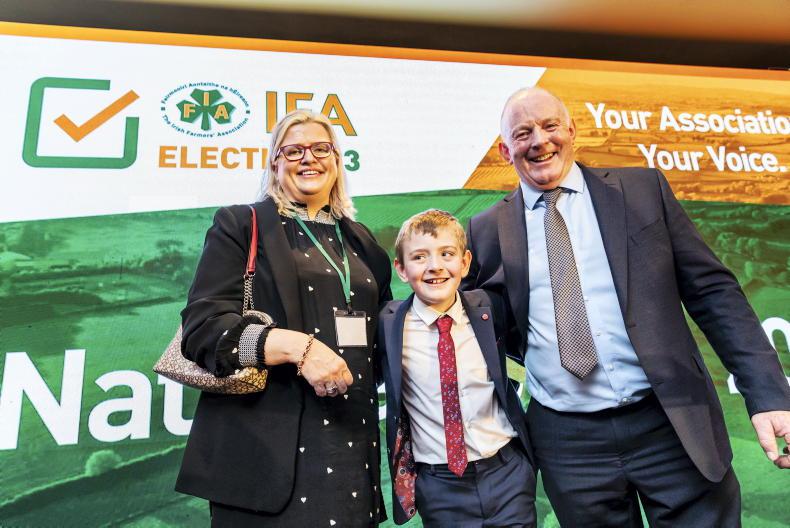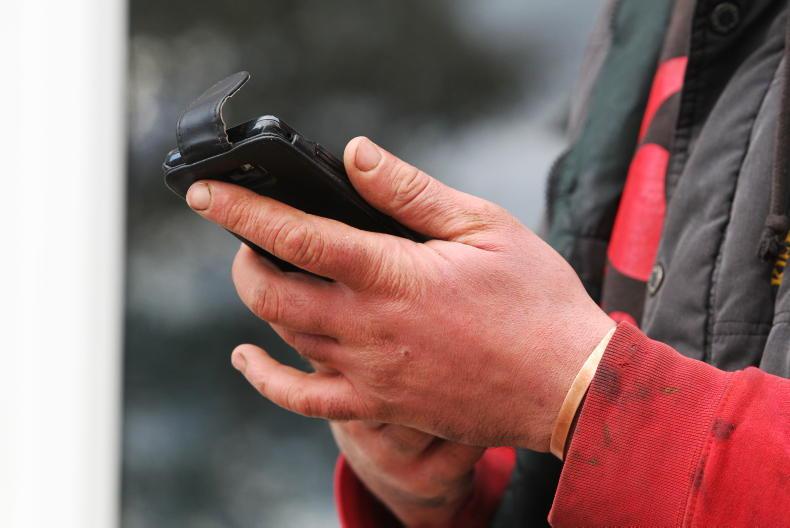NASA has claimed that satellite data will be a key innovator to improve crop yields in tillage farming.
Representatives of the American space administration’s programme on agriculture NASA Harvest spoke at the World Agri-tech Innovation Summit in London about how its technology can be used to monitor food security.
The programme aims to use the thousands of satellites in space to analyse crop growth and biodiversity across the world during different weather patterns or at different times of the year.
A case study shown at the summit showed the patterns of growth of wheat, maize and rapeseed in Ukraine and Russia during the conflict in the region to explore the effect of abandoned croplands during war.
Step forward
Speaking during a panel discussion on achieving agricultural resilience in Europe, NASA Harvest director Inbal Becker-Reshef said although this isn’t a silver bullet for helping tillage, it could be a very important step forward.
“One of the things you really need to run these kinds of models is to understand what’s going on on the ground. Every model has to be validated, has to be trained. You’re not going to solve all the world's problems with satellite data alone.
“What’s really critical is to understand which practices, when, under which conditions/settings/rotations. And for all that, you need data and a lot of that data already exists.”
Data and privacy
NASA Harvest said due to the strength of the satellites, it is capable of differentiating land boundaries or landscapes, plant and crops types, and weather patterns.
This would allow food producers to assess metrics such as soil moisture and even crop health from afar.
During the summit, concerns were raised if this analysis was a breach of the farmer's privacy and would farmers be able to explore their own data.
Responding to a question from the audience, Becker-Reshef said: “It’s very important when you are talking about data, is that those who are agreeing to the use of the data understand exactly what it is being used for, who is using the data and obviously for them to see a benefit.
“For example, if it’s going to inform an insurance programme that’s going to have a lower basis risk, then they’re going to have more equitable payouts.”










SHARING OPTIONS